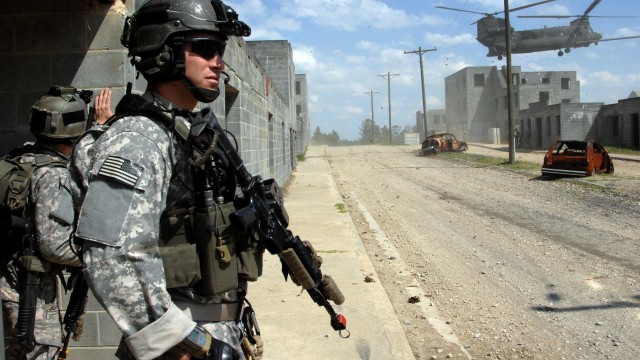
Know the Difference: Standard vs Rifle Rated Ballistic Shield
As a member of law enforcement or the military, protecting yourself and those around you is of the utmost importance. One tool that can greatly increase your protection is a ballistic shield. However, not all ballistic shields are created equal. There are two types of shields: standard and rifle rated. Each has its strengths and weaknesses. Knowing the difference between them is essential for choosing the right tool to keep you safe. In this blog post, we will go over the differences between standard and rifle-rated ballistic shields and help you choose the shield that best fits your needs.
The first and most obvious difference between a standard and a rifle rated ballistic shield is the level of protection they offer. Standard shields are designed to stop common handgun rounds such as 9mm, .40 caliber, and .45 caliber rounds. Rifle rated shields, on the other hand, are designed to stop high-powered rifle rounds such as .223 or 7.62mm. If you need protection against high-powered rifles, a rifle rated shield is the way to go.
Another important factor to consider is weight. Standard shields are typically lighter than rifle-rated shields due to their smaller size and reduced level of protection. This makes them easier to handle and maneuver in tight spaces. However, if you need a higher level of protection, a rifle rated shield will be heavier due to its thicker and more durable structure. This can make it more difficult to handle and tire out the user more quickly.
When it comes to materials, both standard and rifle rated shields can be made out of a variety of materials such as Kevlar, steel, or ceramic. However, rifle rated shields require a more durable material to stop high-powered rifle rounds. This typically means the use of heavier, thicker materials like steel or ceramic. Standard shields, on the other hand, can be made out of lighter materials like Kevlar which make them more maneuverable.
Another difference to consider is cost. Rifle rated shields are typically more expensive due to their increased level of protection and durability. They are a valuable investment for those in high-risk situations, but may not be necessary for those who only need protection against handguns. Standard shields are generally less expensive, making them a good option for those who need basic protection at an affordable cost.
Choosing the right ballistic shield can mean the difference between life and death in high-risk situations. Understanding the differences between standard and rifle rated shields is essential to choosing the one that best fits your needs. If you need protection against high-powered rifles and are willing to invest in a heavier and more expensive shield, then a rifle rated shield is the way to go. However, if you only need basic protection against handguns without breaking the bank, then a standard shield is the more practical choice. No matter which shields you choose, remember to train with them regularly and always prioritize safety.
For more great articles, please click here.